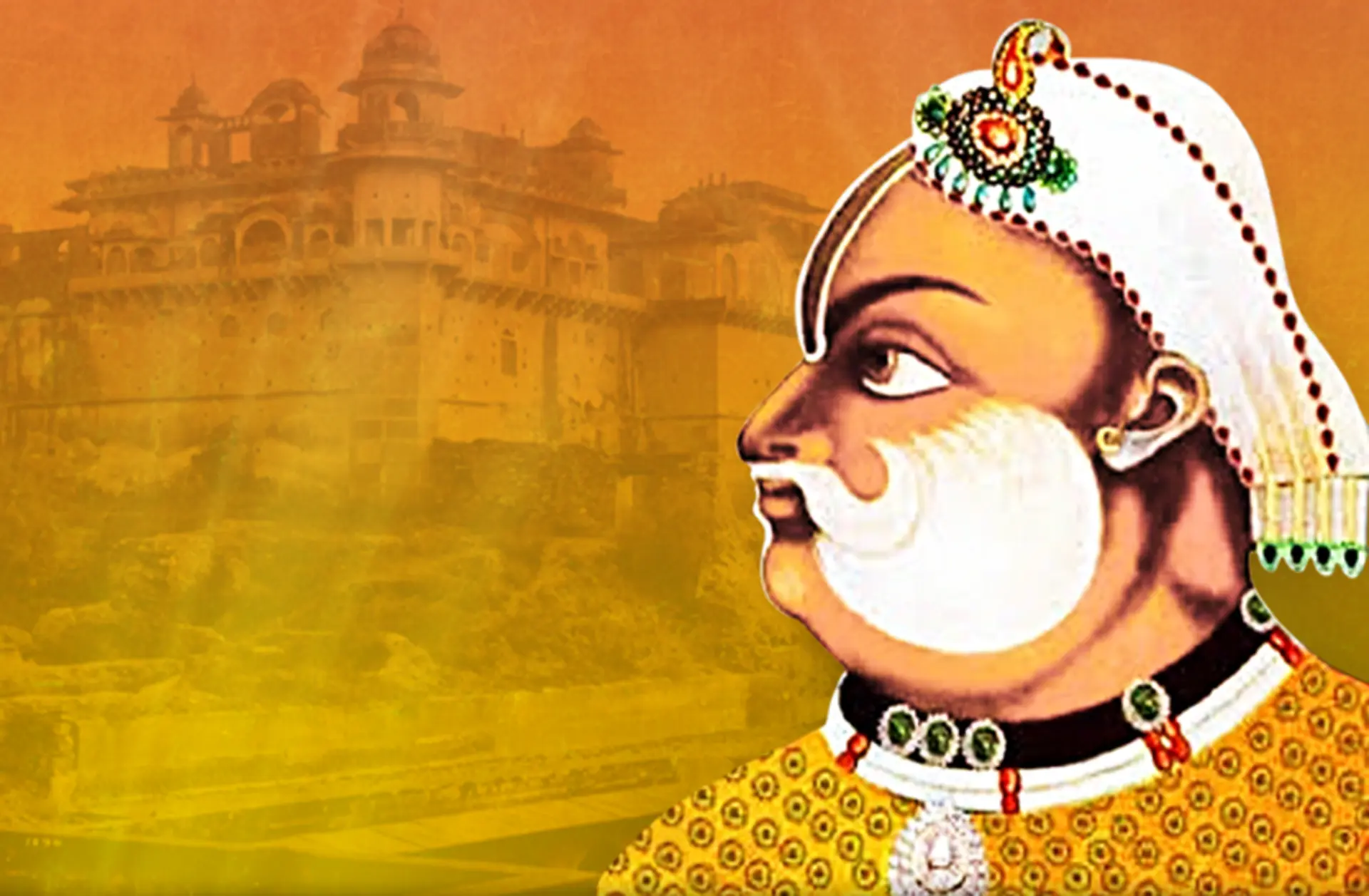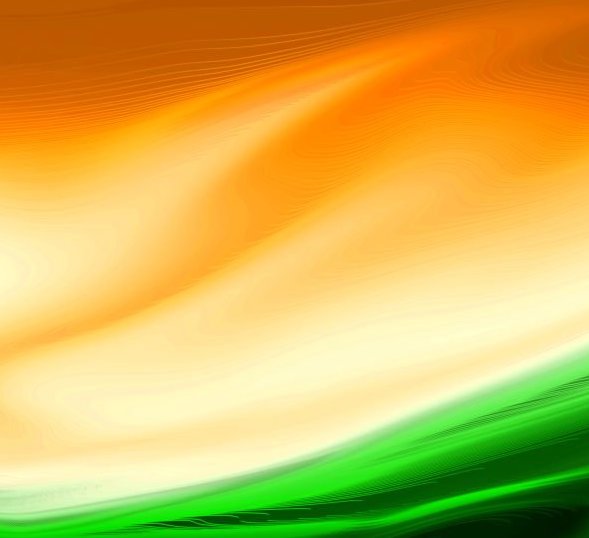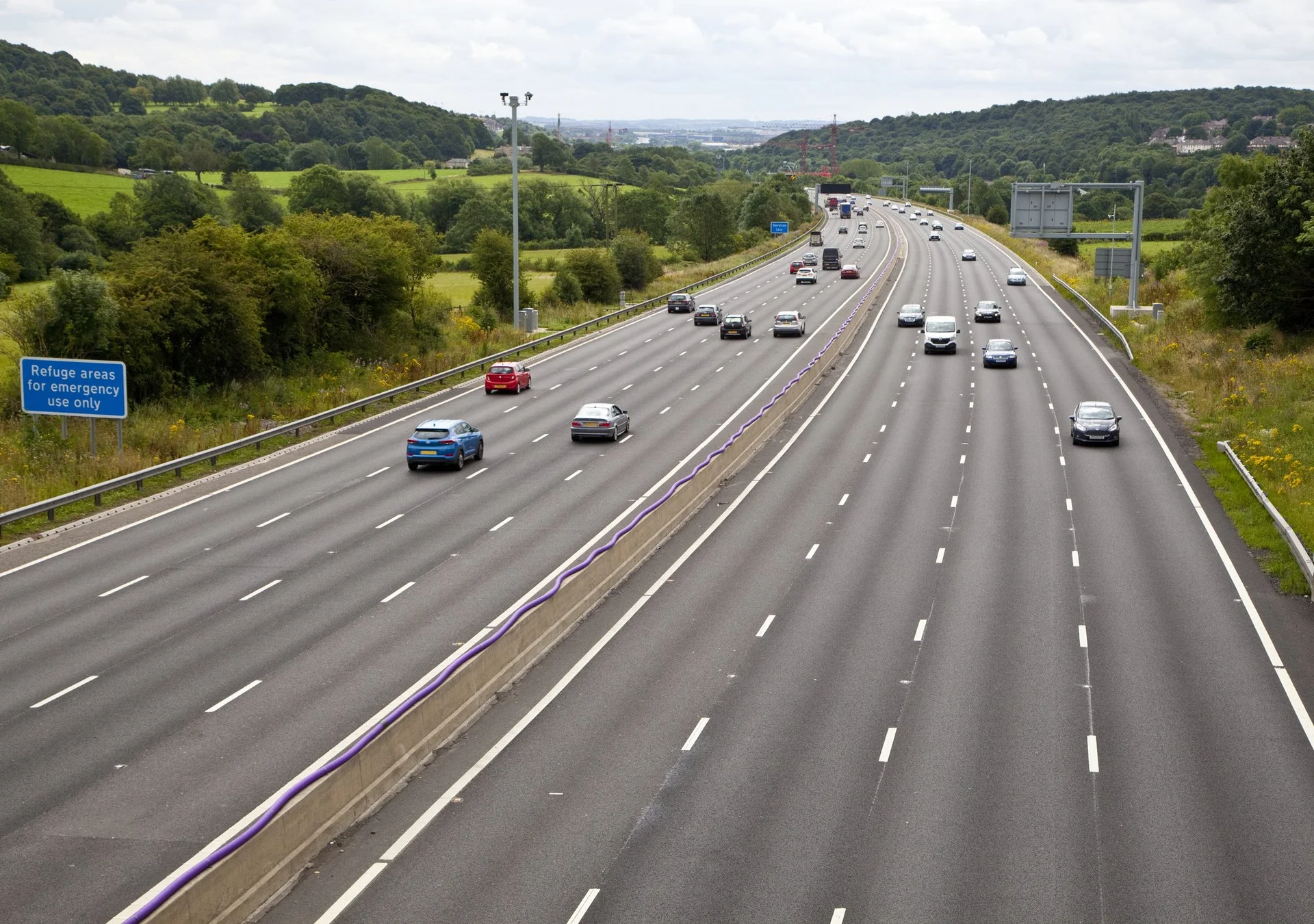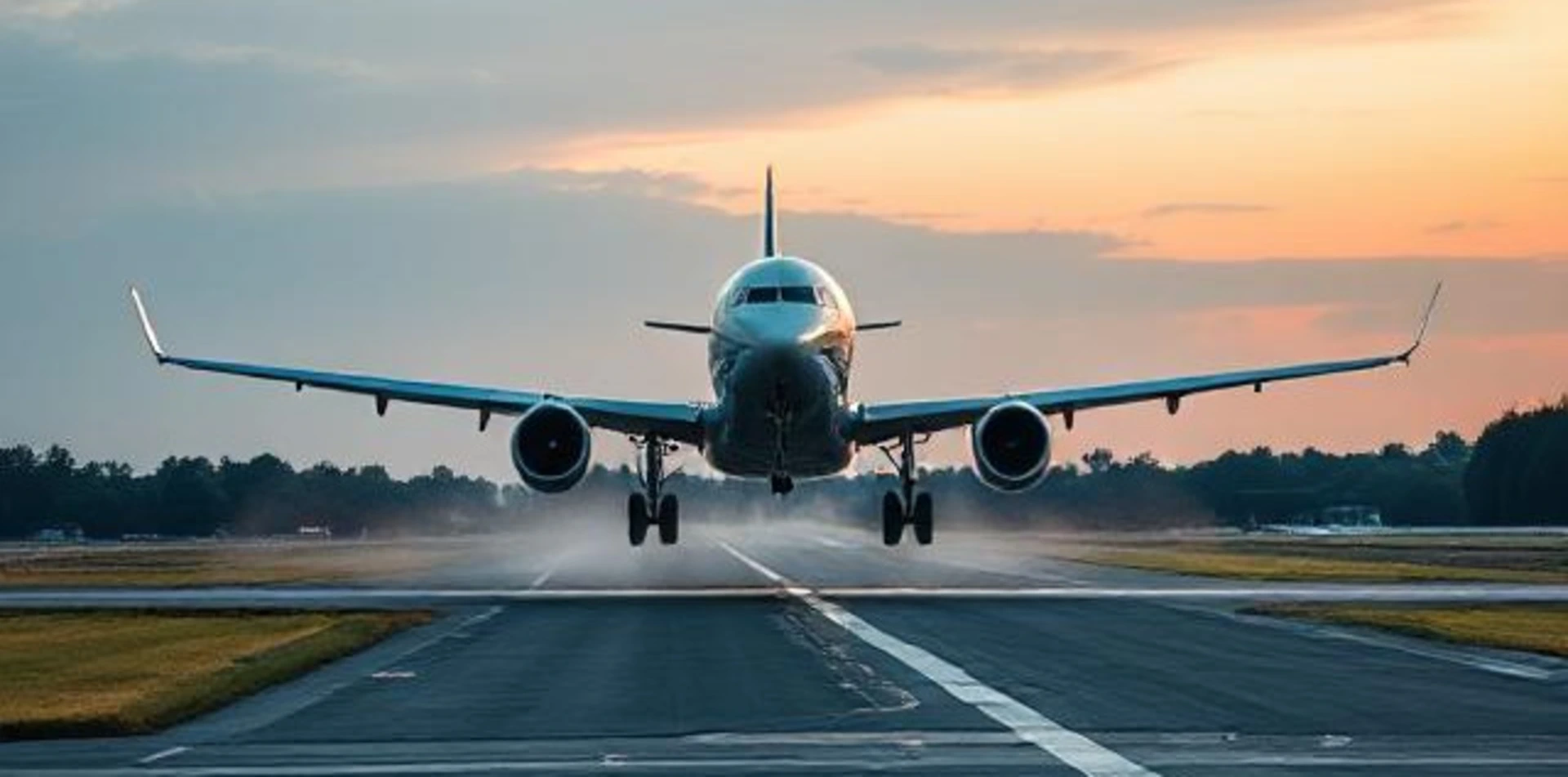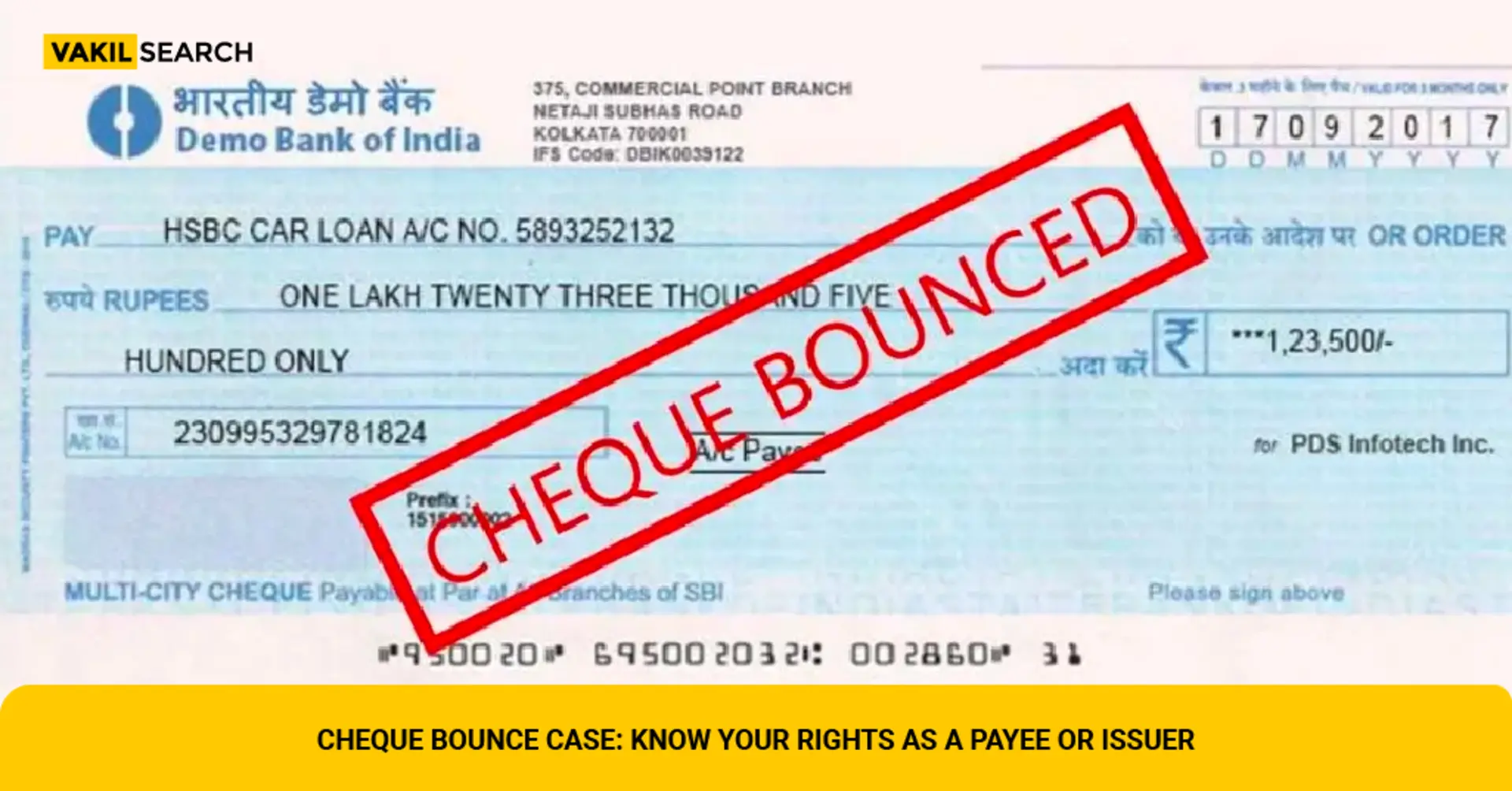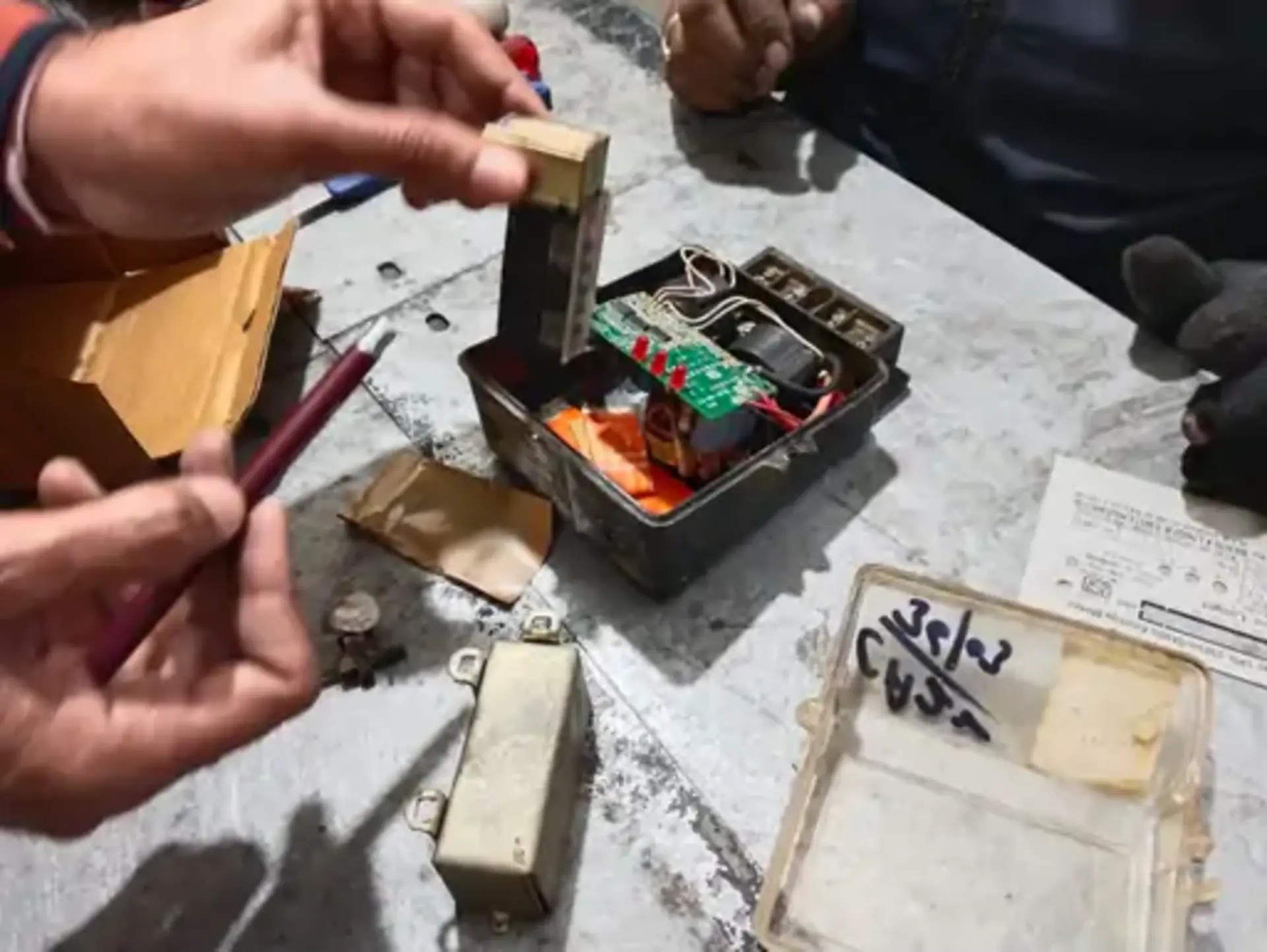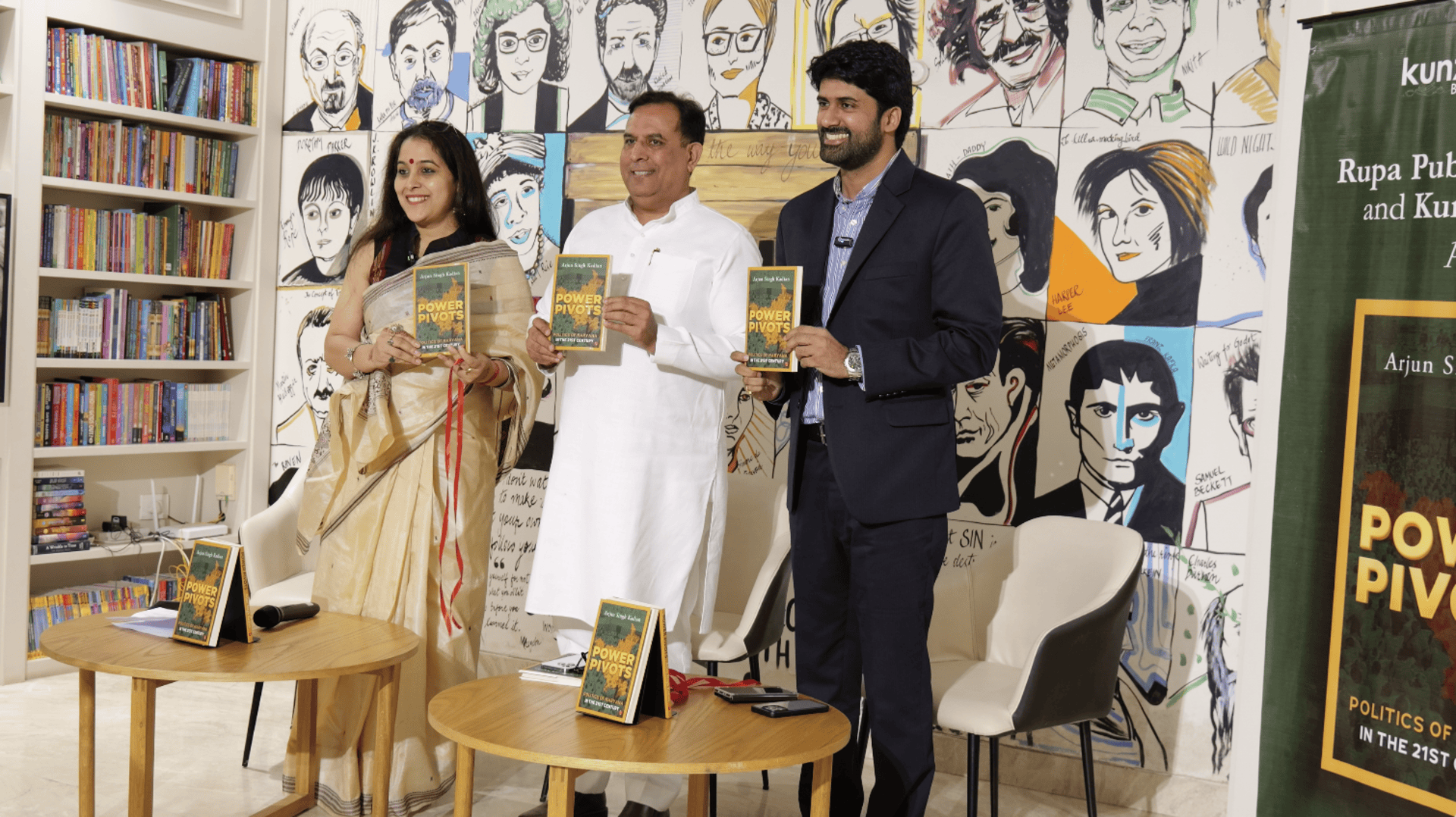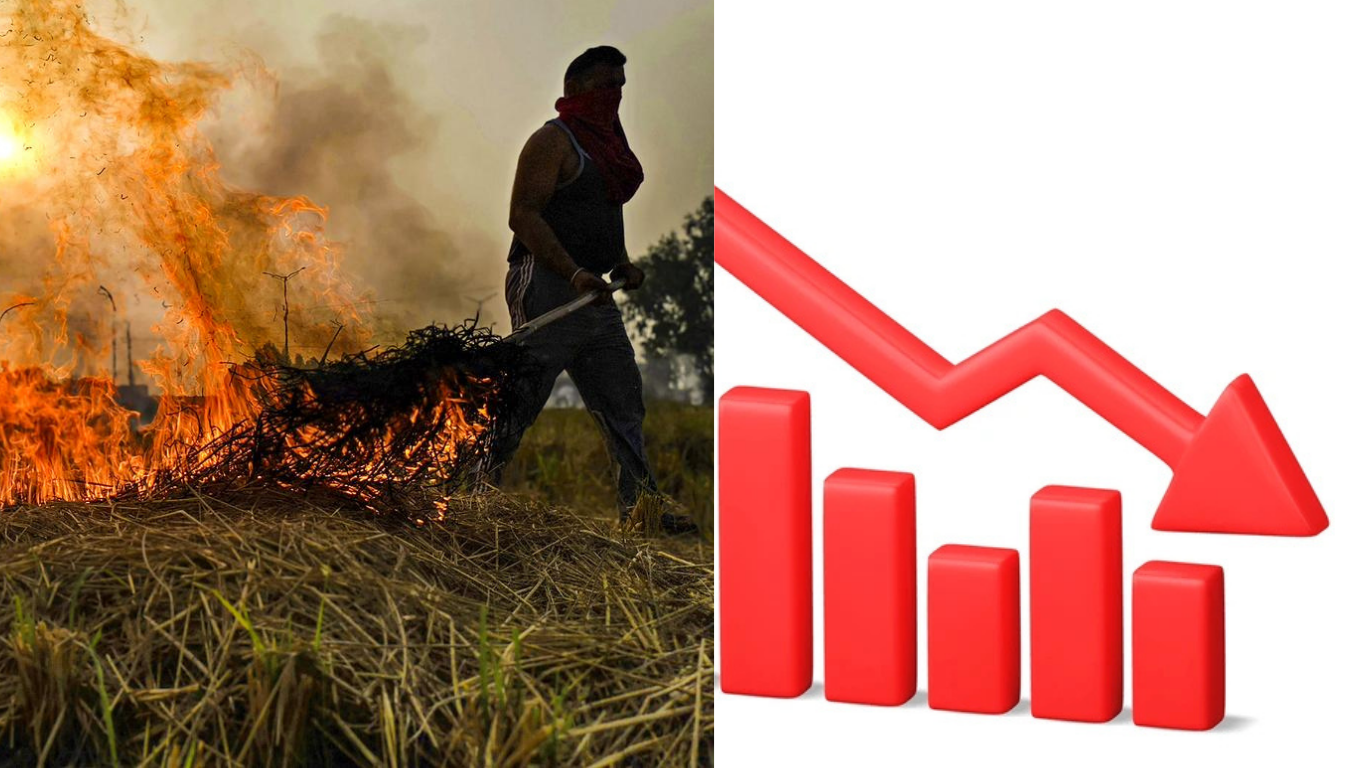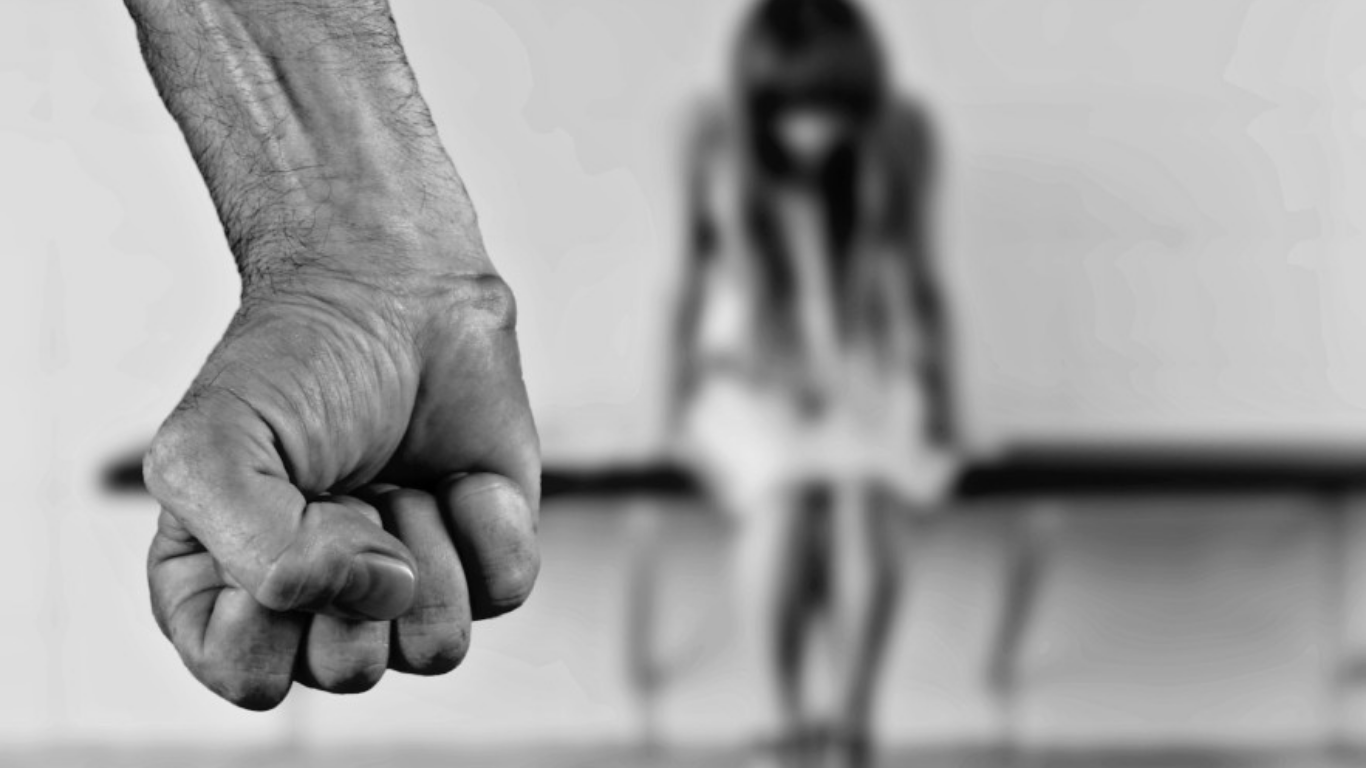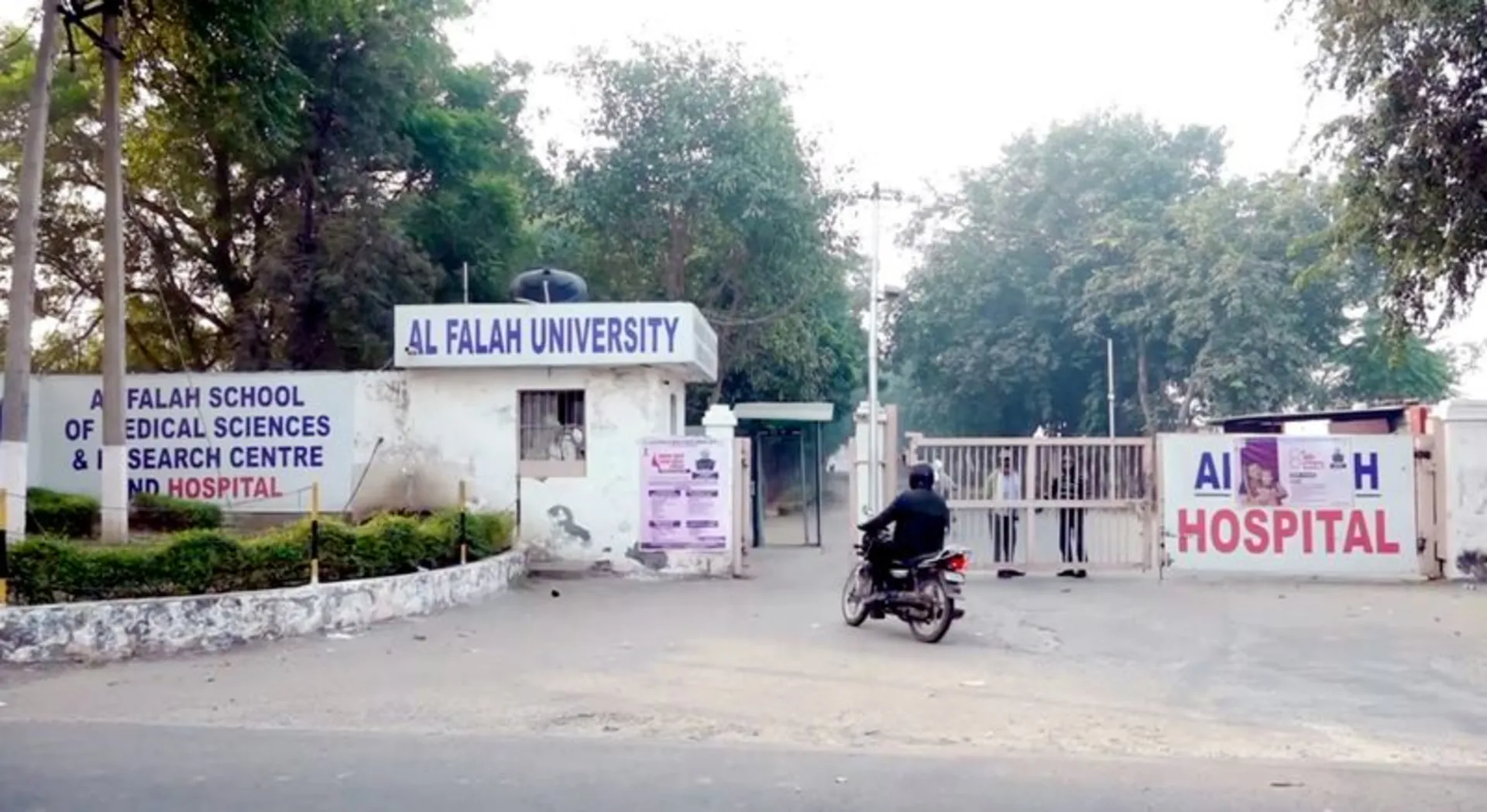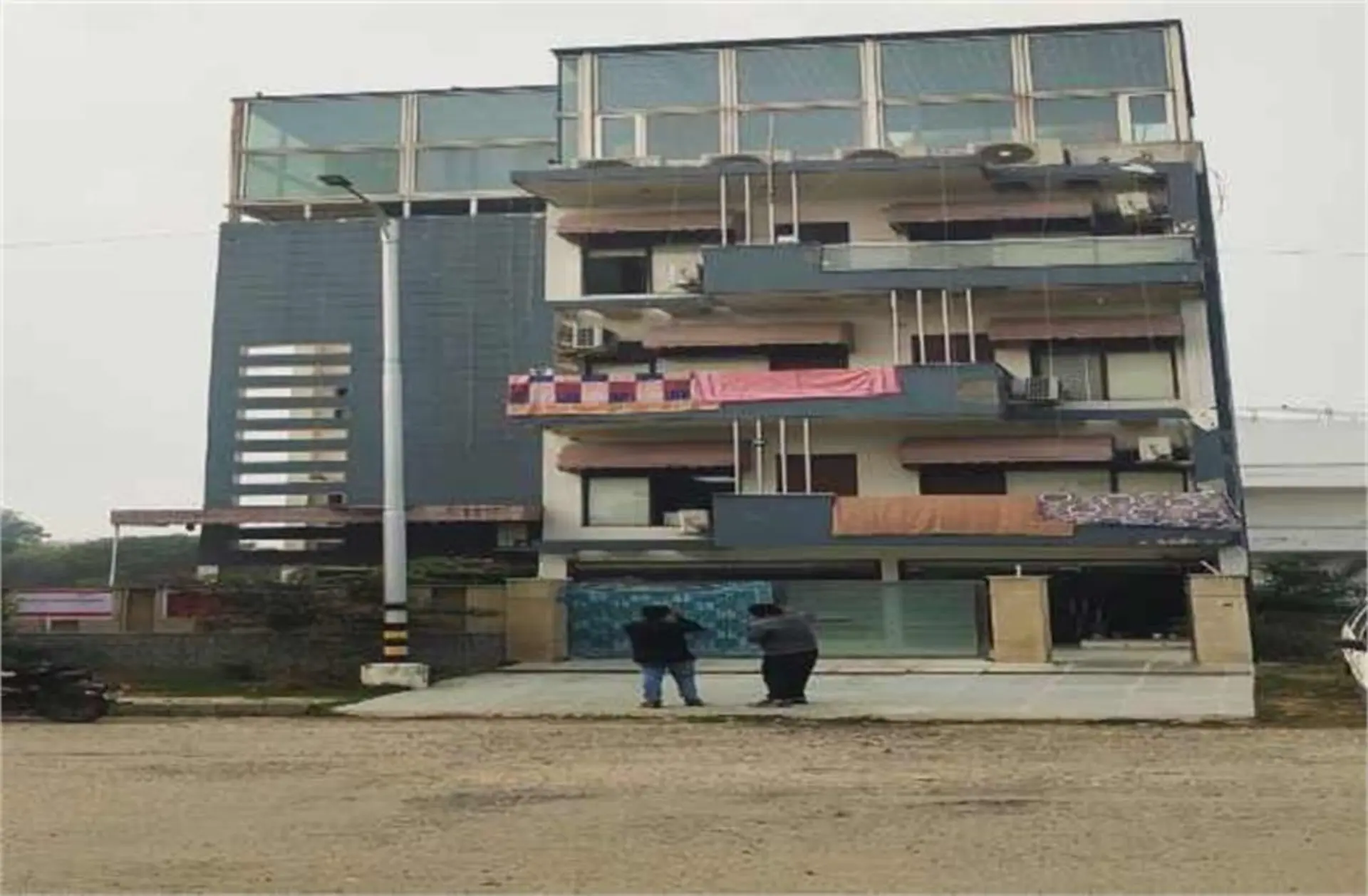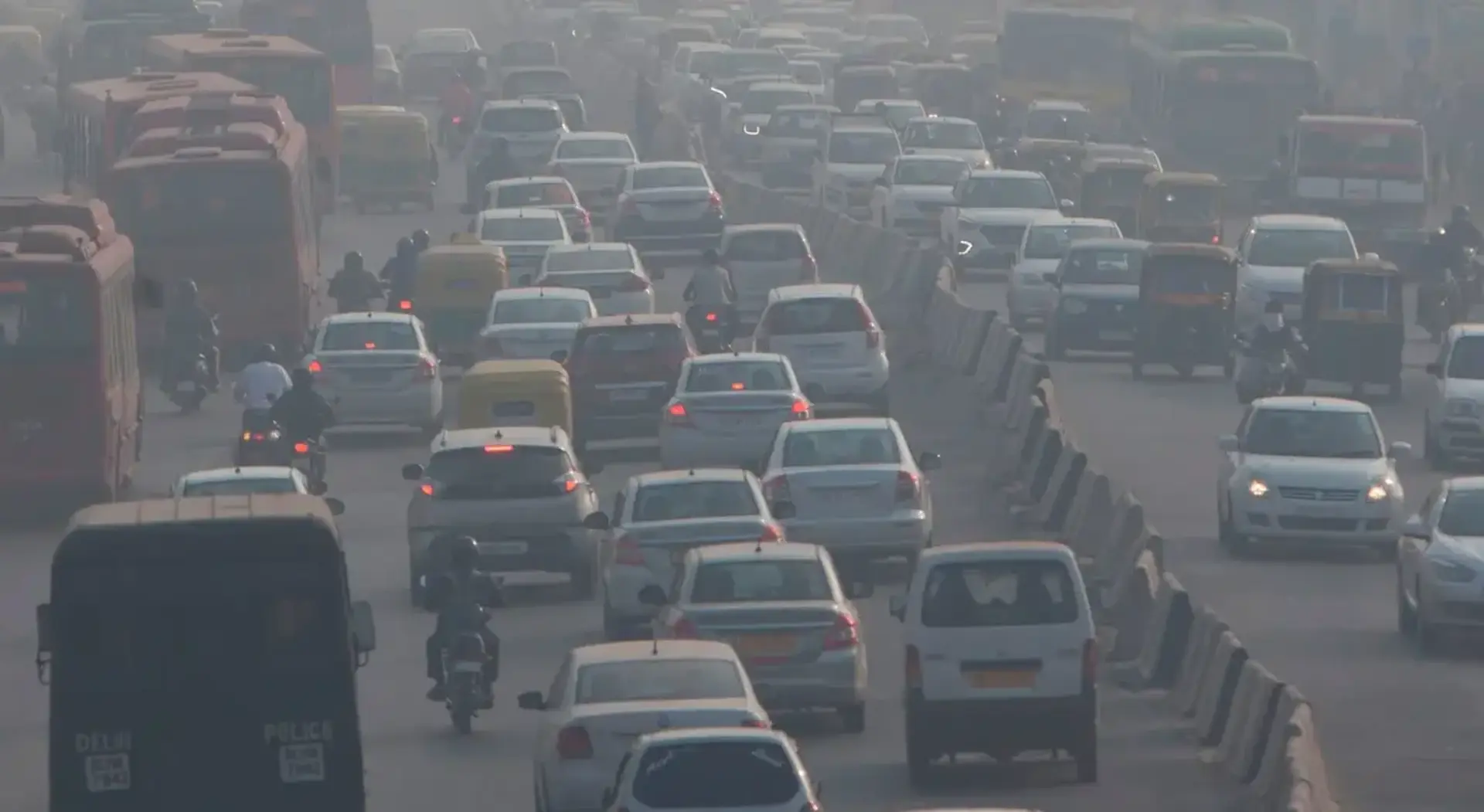
Maharaja Surajmal was born on 13 February, 1707 to Raja Badan Singh and Rani Devki. Surajmal showed his remarkable leadership qualities from a very young age. Surajmal showed his military capabilities by capturing Fatehgarhi from Khemkaran Sogariya in 1733. When his father's eyesight began to fail, young king Surajmal demonstrated his governance capabilities by taking over the administration. By the year 1743, he laid the foundation of Bharatpur City, the most prominent kingdom in North India.
Strategic Expansion and Military Prowess
Maharaja Surajmal expanded his kingdom to areas that are now parts of Delhi, Uttar Pradesh (Agra, Aligarh, Firozabad, and Etawah), Haryana (Gurugram, Rohtak, Jhajjar, Faridabad, Rewari, and Mewat), Rajasthan (Bharatpur and Dholpur). Surajmal was the only Jat King among the Rajput rulers of the region and was known for his military achievements. Contemporary historians called him the 'Plato of Jats' for his wisdom while modern historians called him Odysseus for his brilliant strategies.
Diplomatic Relations and Conflicts
Maharaja Surajmal was a master of diplomacy, forming alliances with various influential powers of his time. One notable friendship was with Maharaja Jai Singh of Jaipur, which significantly impacted regional politics. Surajmal also played a pivotal role in resolving the succession dispute between Ishwari Singh and Madho Singh demonstrating his diplomatic talent. In 1753, he captured Feroz Shah Kotla, leading to conflicts with the Marathas who captured his Kumher fort from January to May 1754. Though the Marathas sought his life after the death of Khanderao Holkar in battle, Maharani Kishori helped established peace through the Scindias preventing further bloodshed.
The Humanitarian Warrior
Along with his military capibilities, Surajmal was known for his compassion and religious tolerance. A notable example was his response to Sadashiv Rao Bhau's suggestion to demolish Mathura's Nabi Mosque. Surajmal wisely protested against it, saying, "If Muslims return to power tomorrow and demolish our temples to build mosques, would you like it?" He also opposed the removal of the golden ceiling from Delhi's Red Fort, even offering to pay five lakh rupees to preserve the historical structure.
The Panipat Aftermath
After the Third Battle of Panipat in 1761, when thousands of defeated Maratha soldiers were struggling to survive, he showed extraordinary humanitarian spirit. He sheltered 30-40,000 Marathas in Bharatpur for six months, providing food, medical care, and clothing. His wife, Maharani Kishori, helped gather supplies from the public. Each departing soldier received one rupee, one seer of grain, and clothes for their journey home. This humanitarian act cost approximately 20 lakh rupees.
The Final Battle
Mighty Lohagarh Fort (Iron fort) in Bharatpur which remained unconquered throught the history is part of Surajmal's legacy. He was a leader with perfect blend of military might and compassionate governance. Surajmal 's life came to a tragic end on December 25, 1763 at Shahdara, Delhi in a battle near the Hindon River. He had a substantial military force during the time of his death, consisting of 25,000 infantry and 15,000 cavalry.
Lohagarh Fort
Cultural Impact
The impact of the period of Maharaja Surajmal is still prominent in today's time. The families of many Maratha soldiers settled in Panipat after the war and eventually adopted the local culture. It is also a debatable fact that the 'Dangi' in Haryana and 'Dange' clan in Maharashtra are believed to be two branches of the same family.
Note- This article is based on historical facts and traditional accounts about Maharaja Surajmal and his rule.



